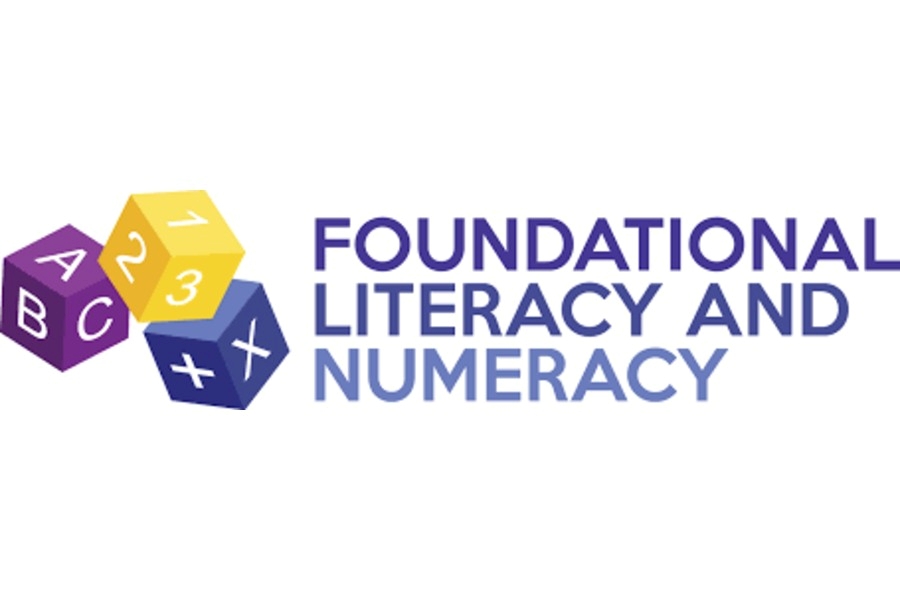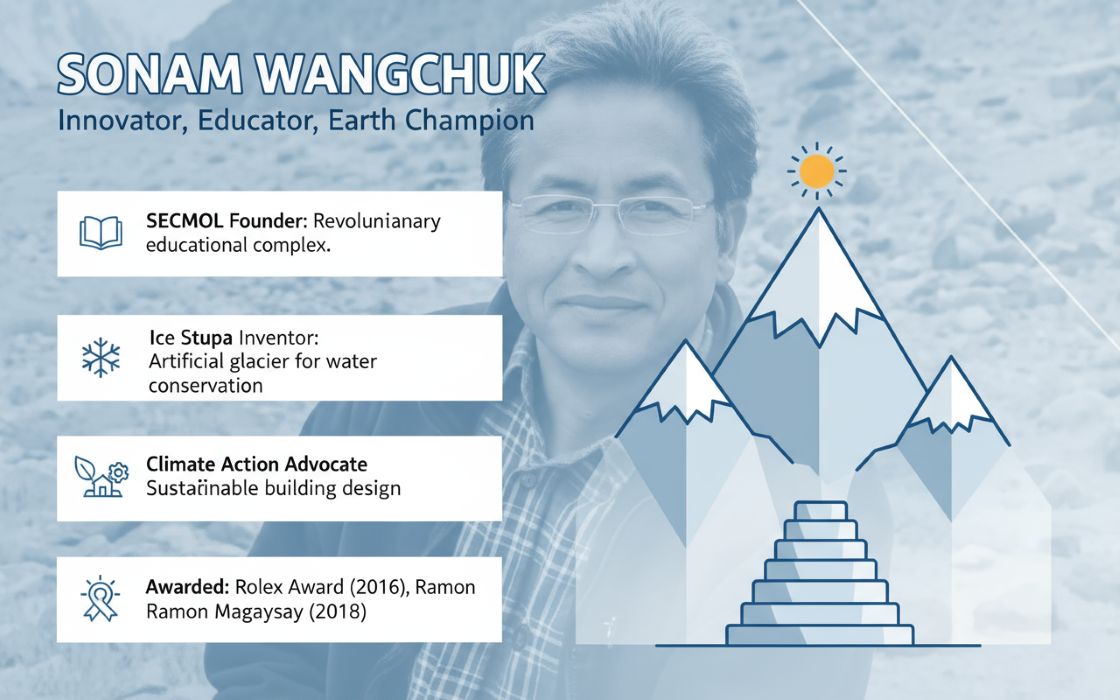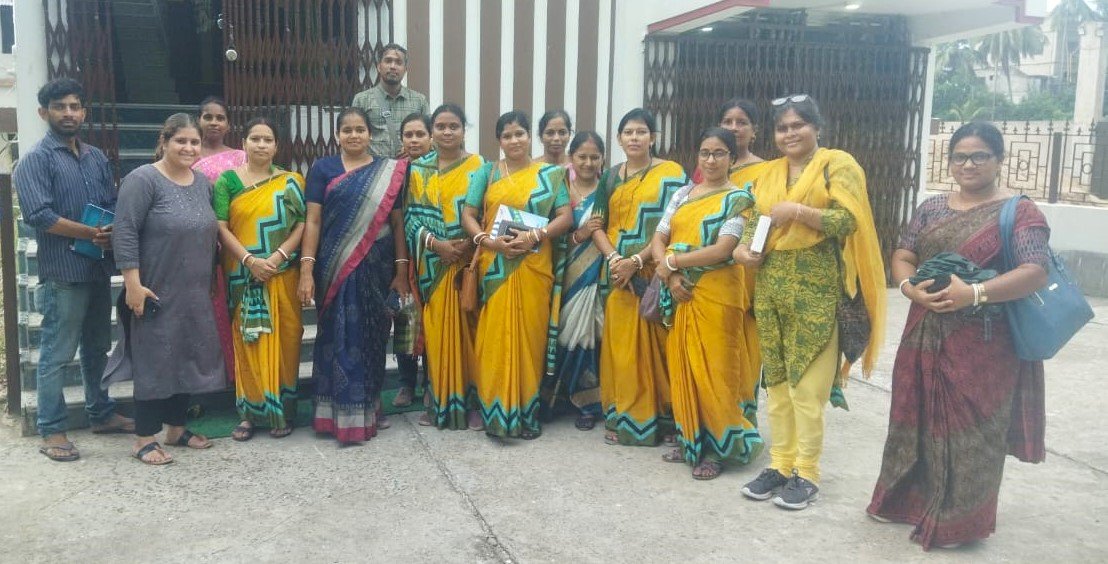 Achieving financial independence for women is not just an individual milestone but a transformative force for families and communities. This is especially true in a country like India where women are increasingly breaking patriarchal norms to become independent – financially and otherwise. However, the journey to financial autonomy is often covered in hurdles like limited access to resources, financial literacy, and societal norms. Recognising these challenges, PayNearby's Digital Naari initiative emerges as a beacon of empowerment. Designed to foster financial inclusion and digital literacy, Digital Naari equips women in rural and semi-urban areas with the skills and tools to become digital and banking service points within their communities.
Achieving financial independence for women is not just an individual milestone but a transformative force for families and communities. This is especially true in a country like India where women are increasingly breaking patriarchal norms to become independent – financially and otherwise. However, the journey to financial autonomy is often covered in hurdles like limited access to resources, financial literacy, and societal norms. Recognising these challenges, PayNearby's Digital Naari initiative emerges as a beacon of empowerment. Designed to foster financial inclusion and digital literacy, Digital Naari equips women in rural and semi-urban areas with the skills and tools to become digital and banking service points within their communities.
In this interview with TheCSRUniverse, Jayatri Dasgupta, CMO of PayNearby and Program Director of Digital Naari, delves into the program’s transformative vision, its alignment with national initiatives like the Lakhpati Didi program, and the impact it seeks to create by fostering financial independence and digital literacy among women across India.
Read the full interview below:
Q. The Digital Naari initiative’s focus is on empowering women through financial inclusion and digital literacy. What specific skills and tools is PayNearby providing to help them become banking and digital service points in their communities?
A. Digital Naari is a platform that aims to generate long-term self-employment for women across Bharat. This program is designed to provide additional income generation opportunities for women in rural and semi-urban areas, recognising their pivotal role as equal contributors in the nation’s growth. At PayNearby, we provide comprehensive training on financial and digital literacy, tailored to the needs of women at the grassroots level. This opens them up to offer services from banking, insurance, e-commerce and government schemes. By equipping these women with tools and skills, we not only create livelihood opportunities but also enable them to become trusted community influencers, driving financial access and economic progress in their areas. This approach ensures they have the confidence and resources to uplift not only themselves but also their families and communities, contributing to a more inclusive and empowered Bharat.
Q. Digital Naari aligns with the government’s Lakhpati Didi program, aiming to uplift one million women to become financially independent and sustainable earners in the next five years. Could you elaborate PayNearby’s roadmap for achieving this ambitious target and the major milestones along the way?
A. The Digital Naari platform aims to broaden this network by partnering with organizations, self-help groups, and individuals dedicated to promoting sustainable livelihood among rural women. With a mission to onboard over 2 crore Lakhpati Didis by 2030, the initiative aims to enable 50+ crore women to access banking, digital services, and government schemes. Currently, with a network of over 1.5 lakh women, Digital Naari is shaping a stronger Bharat by placing women at the forefront of local economic transformation.
Q. In a lot of cases, women prefer to receive financial advice from other women. How does PayNearby leverage this insight to ensure Digital Naari can influence their communities and build trust among local women for banking and financial services?
A. Digital Naari leverages the trust women place in other women for financial advice as relatable and dependable advisors within their communities. Digital Naari simplifiesthe financial concepts and addresses community-specific challenges, making them accessible to local women. This approach helps build trust and encourages women in the community to adopt financial and digital tools. By acting as banking and digital service points, Digital Naari not only provides essential services but also inspires others in their communities to pursue financial independence and make informed decisions. This peer-driven model enables broader financial inclusion and fosters economic growth at the grassroots level.
Q. Digital Naari offers services in various categories like health, banking, insurance, and advisory. Could you share how these diverse offerings enhance the initiative’s impact and how they cater to the unique needs of women in rural and underserved areas?
A. Digital Naari’s diverse service offerings are designed to address the multifaceted needs of women in rural and underserved areas, making the initiative more impactful and relevant to their everyday lives.By combining essential services across health, banking, insurance, and advisory, Digital Naari ensures that women have access to tools and resources that improve both their financial and personal well-being. Health services, such as hygiene products, and affordable sanitation, address critical gaps in rural areas where healthcare is often inaccessible. Banking services, including cash withdrawals, savings account openings, and fixed deposits, empower women to manage their finances independently.
Insurance and credit offerings provide financial security and enable women to invest in their families and livelihoods, while SheCommerce creates opportunities for women to earn additional income through e-commerce. The advisory segment connects women to government schemes and benefits, which are often overlooked due to a lack of awareness.This integrated approach not only caters to their practical needs but also builds their confidence to engage with financial systems and lead change within their communities.
Q. Tell us about your collaborations with livelihood missions like the Uttar Pradesh State Rural Livelihood Mission and Rajasthan Grameen Aajeevika Vikas Parishad to implement Digital Naari. What role do these partnerships play in scaling the program and reaching women across India?
A. Partnerships with the Uttar Pradesh State Rural Livelihood Mission (UPSRLM) and Rajasthan Grameen Aajeevika Vikas Parishad (Rajeevika) have been critical for scaling Digital Naari. These partnerships enable us to reach women in rural and underserved areas through established networks of self-help groups (SHGs) and community-based organizations. Working closely with these missions, we identify potential Digital Naarisand provide them with the necessary training and tools to deliver banking, digital, and advisory services within their communities. These collaborations also allow us to tailor our program to align with state-specific socio-economic conditions, ensuring that the services are both relevant and impactful.
Q. Digital Naari plans to empower women as community influencers. How do you measure the social and economic impact of these women on their communities over time?
A. Measuring the social and economic impact of Digital Naari is key to understanding its effectiveness and ensuring long-term sustainability.We assess the program's impact through both quantitative and qualitative metrics.On the economic front, we track indicators such as the number of financial transactions facilitated, total revenue generated by the women, and the increase in their household incomes. These data points reflect the economic empowerment of Digital Naaris and their ability to sustain themselves as local service providers.
Socially, we monitor their influence within the community by evaluating the number of individuals they assist in accessing banking, insurance, credit, and government schemes. Additionally, we consider shifts in community behaviour, such as increased adoption of financial tools, improved savings habits, and greater participation of women in financial decision-making.
We also conduct periodic surveys and community feedback sessions to gauge intangible outcomes, such as enhanced confidence, leadership skills, and the perception of women as community influencers. Together, these metrics provide a holistic view of the impact Digital Naari creates over time.
Q. What challenges have you faced in establishing Digital Naaris, particularly in rural areas with limited digital infrastructure. How has PayNearby addressed these obstacles?
A. Establishing Digital Naaris in rural areas has presented unique challenges, including addressing traditional mindsets, aligning with the convenience of time, and ensuring the relevance of products offered.
In many cases, societal norms discourage women from participating in economic activities, creating hesitation among families and communities to support such initiatives. To address this, we have collaborated with local influencers and community leaders to foster trust and demonstrate the positive impact of women’s empowerment on families and communities.
Another challenge is the need to provide flexible working options. Many women balance household responsibilities, so the Digital Naari program allows them to offer services at their convenience—whether from home or a nearby store—and focus on products aligned with their interests and local demand.By tailoring the program to fit the unique needs of rural women, we have been able to gradually overcome traditional mindsets, creating a supportive environment where women can thrive as Digital Naaris and positively impact their communities.
Q. What are PayNearby’s plans for further expanding Digital Naari to reach more women? Do you have any plans to add more services or partnerships that could enhance the program's reach and impact
A. PayNearby is committed to expanding the reach and impact of the Digital Naari initiative to empower more women across Bharat. The program aims to onboard over 2 crore women as 'Lakhpati Didis' by 2030, providing them with sustainable livelihood opportunities. Additional services tailored to rural women's needs, including health advisory and improved access to government schemes, are being introduced/in pipeline. Strategic partnerships with self-help groups, government agencies, and organizations dedicated to promoting sustainable livelihoods are crucial for scaling the program further.Through these efforts, the initiative strives to create a robust ecosystem that fosters financial inclusion, economic empowerment, and socio-economic growth for women and their communities.




 Achieving financial independence for women is not just an individual milestone but a transformative force for families and communities. This is especially true in a country like India where women are increasingly breaking patriarchal norms to become independent – financially and otherwise. However, the journey to financial autonomy is often covered in hurdles like limited access to resources, financial literacy, and societal norms. Recognising these challenges, PayNearby's Digital Naari initiative emerges as a beacon of empowerment. Designed to foster financial inclusion and digital literacy, Digital Naari equips women in rural and semi-urban areas with the skills and tools to become digital and banking service points within their communities.
Achieving financial independence for women is not just an individual milestone but a transformative force for families and communities. This is especially true in a country like India where women are increasingly breaking patriarchal norms to become independent – financially and otherwise. However, the journey to financial autonomy is often covered in hurdles like limited access to resources, financial literacy, and societal norms. Recognising these challenges, PayNearby's Digital Naari initiative emerges as a beacon of empowerment. Designed to foster financial inclusion and digital literacy, Digital Naari equips women in rural and semi-urban areas with the skills and tools to become digital and banking service points within their communities.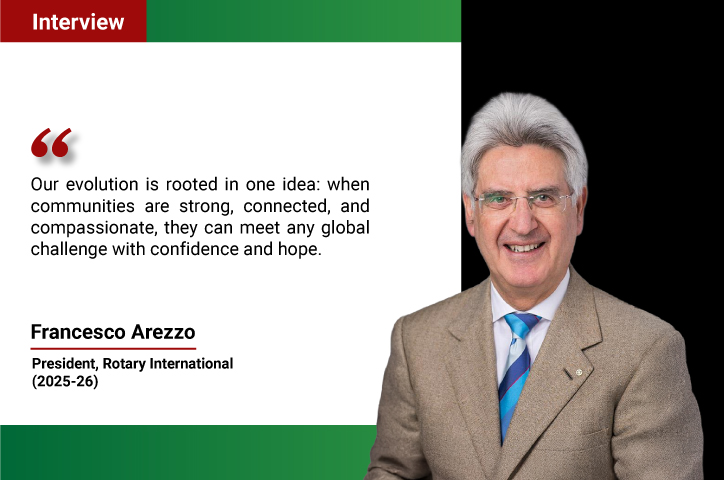
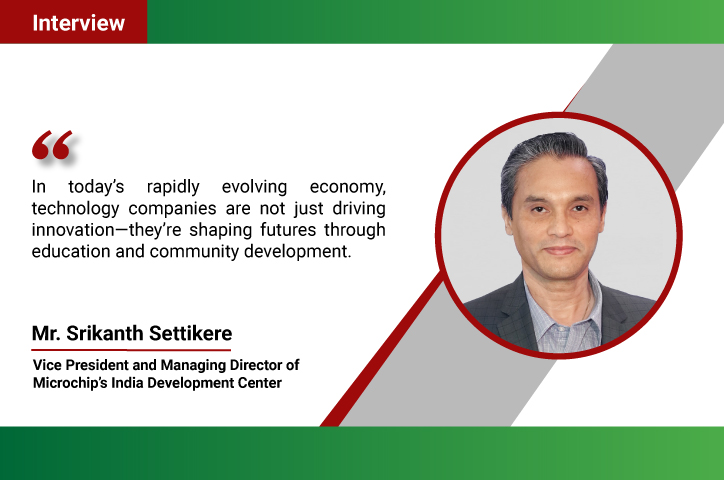
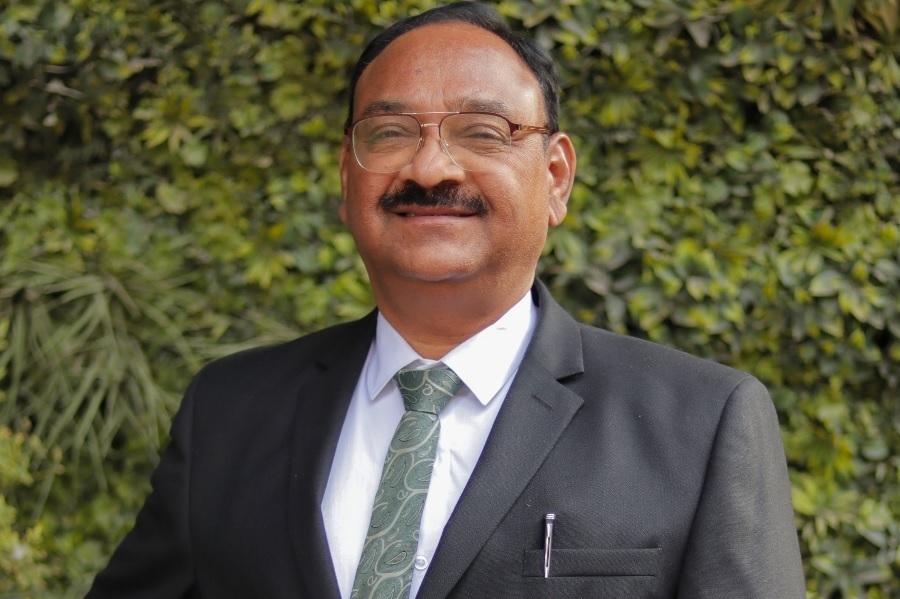
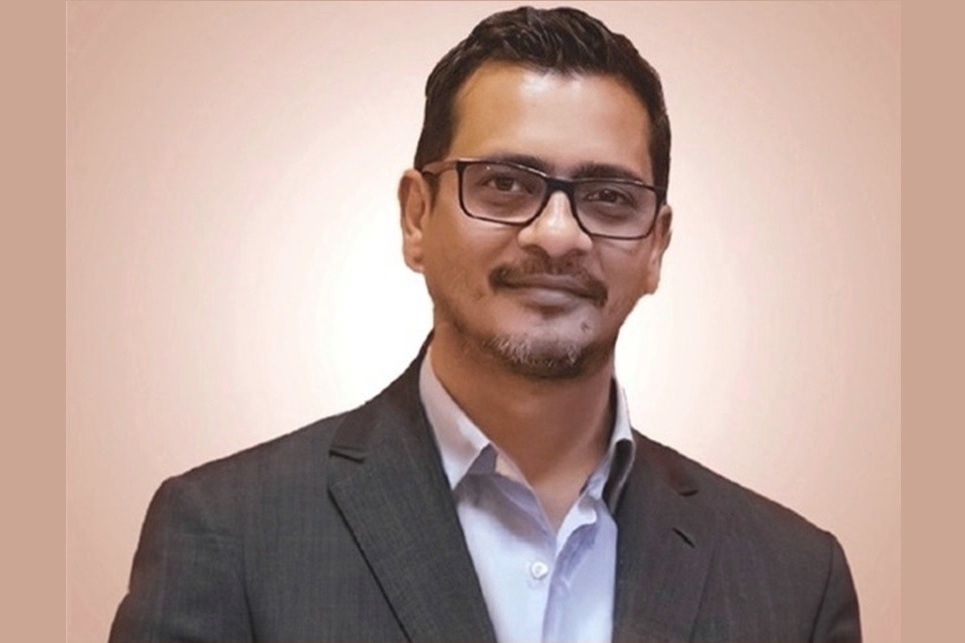

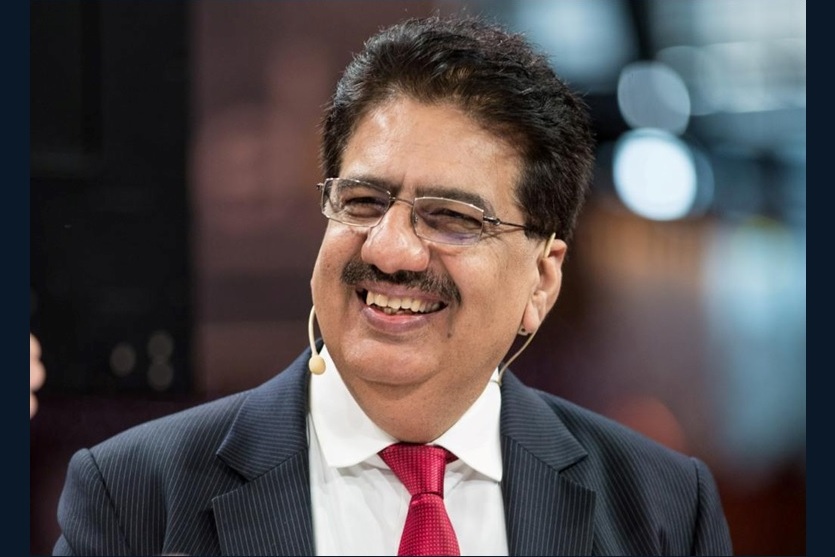


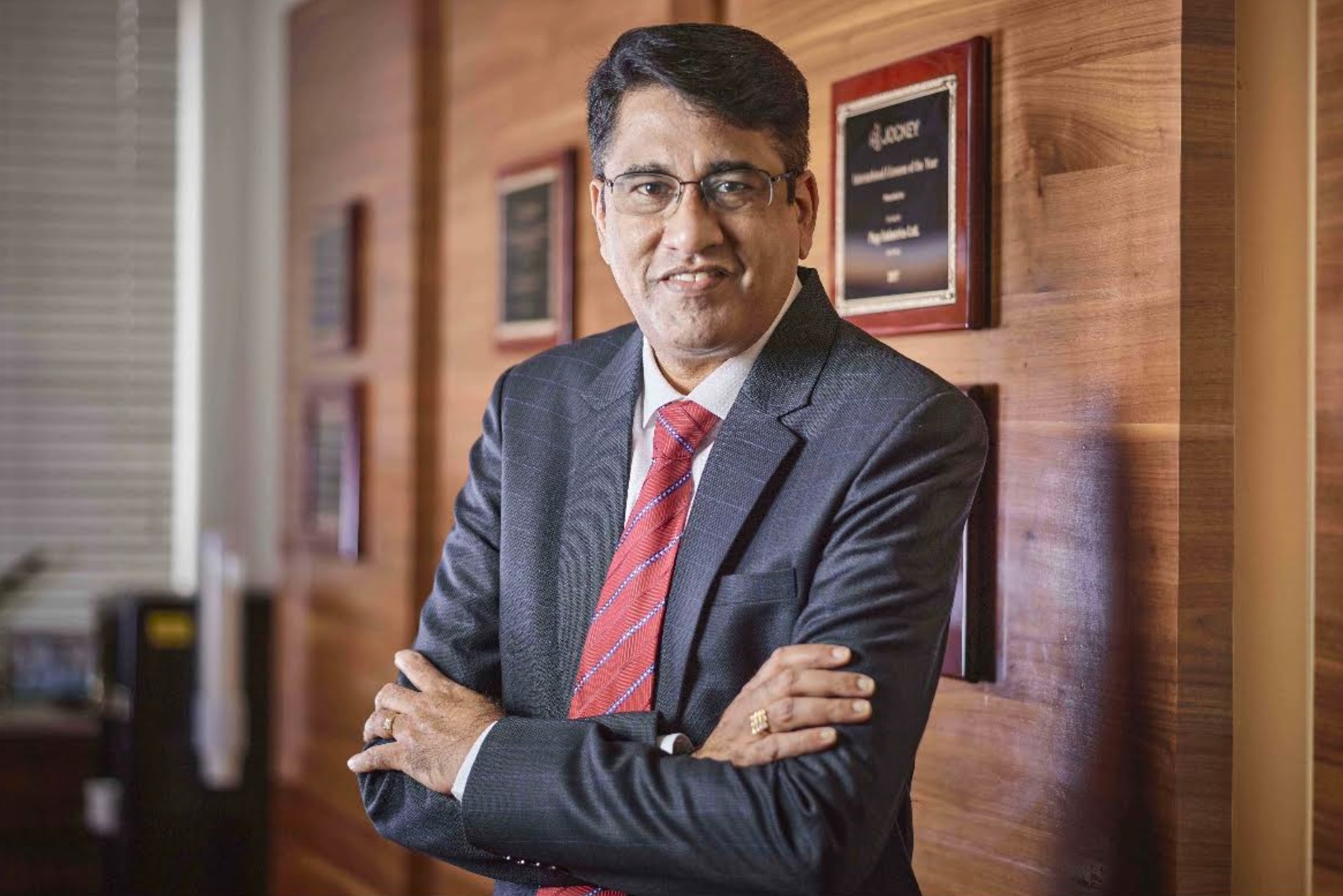

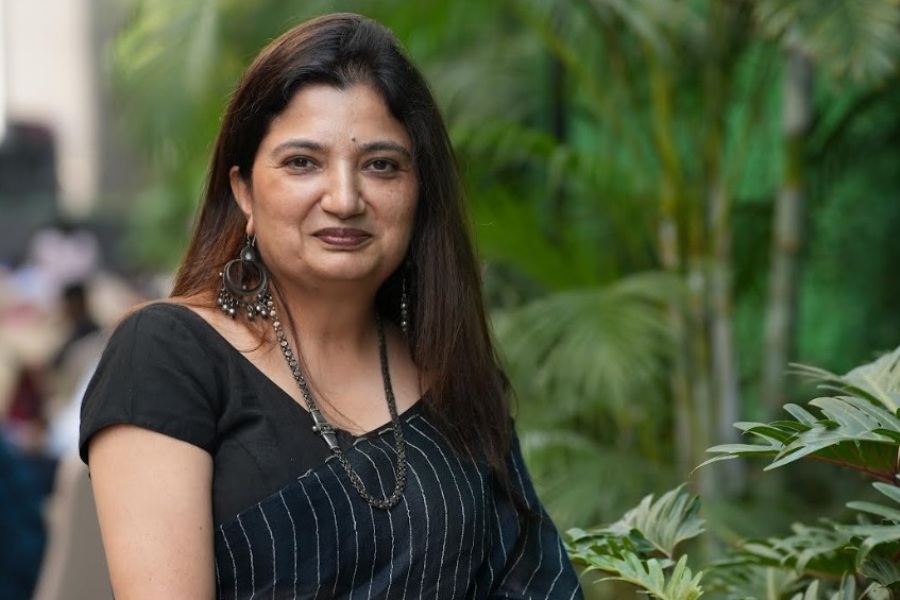
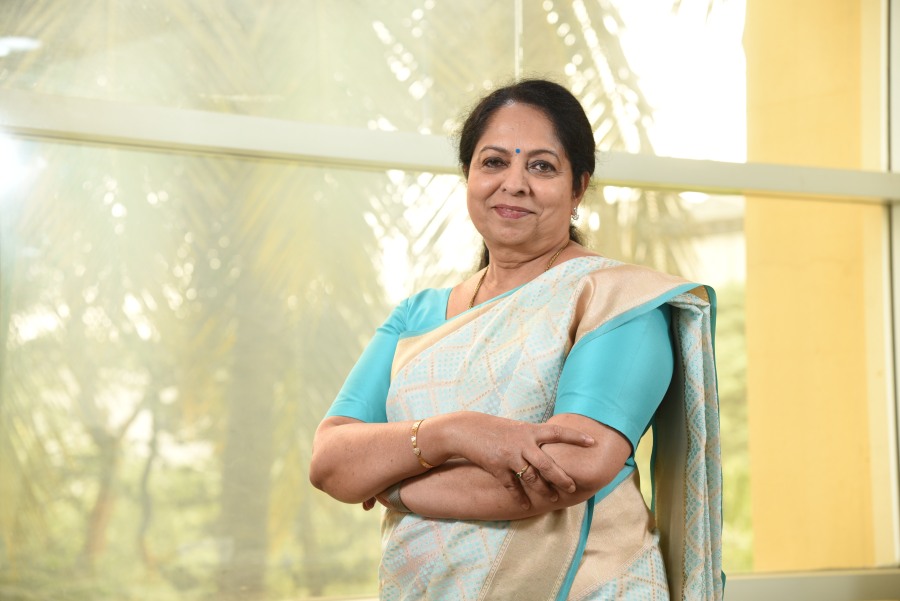
.jpg)
